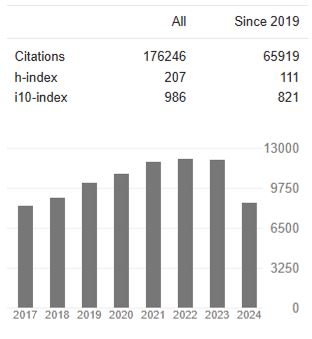Design and Psychometric Properties of a Scale to Assess the Most Important Drug Scene-Related Community Impact
Abstract
MB Saberi Zafarghandi, S Eshrati, M Roshanpajouh, M Vameghi and R Arezoomandan
Background: The drug-scene-related community impacts include conditions, activities, and behaviors related to dealing/using drugs in public that hurt communities’ safety, stability, and integrity. This study aims to design and assess the psychometric properties of a scale to investigate the most important drug-scene-related community effects to prioritize interventions.
Methods: This study was a qualitative cross-sectional study conducted in three phases. In the first phase, according to the previous studies and literature review, the items pool was developed. In the second phase, the validity was assessed by face, content, and construct validity. Furthermore, to evaluate reliability, internal consistency and stability were calculated. In the third phase, the most important drug scene-related community impacts were investigated using the Friedman test.
Results: An initial 70-item version of the scale was generated. In the quantitative face validity assessment using item impact score, 4 items were omitted. After calculating the content validity ratio and index, 22 items remained. In the item analysis, 1 item was deleted. Exploratory factor analysis showed 5 factors that explained more than 65/63% of the variance. The most effective drug scene-related community impacts were the pull effect, exposure to major activities of the drug scene, environmental pollution, perception of unsafety, and lack of tranquility respectively.
Conclusion: The drug-scene-related community impacts scale is a valid and reliable scale with 21 items to assess drug-scene- related community impacts. The magnet of drug users/dealers to drug scenes and the notoriety of the neighborhood as a drug scene were the most effective drug-scene-related community impacts. Drug-scene-related community effects influence and reinforce each other because of multiple factors that are not only related to the personal behaviors of people who use drugs but also the societal structures.




